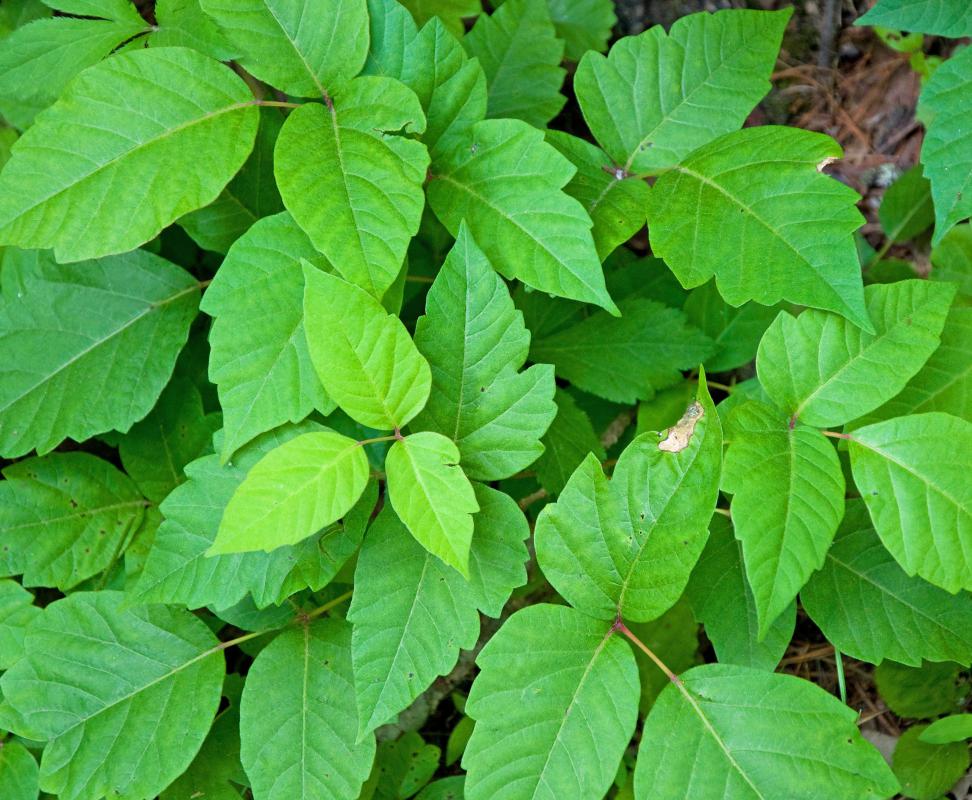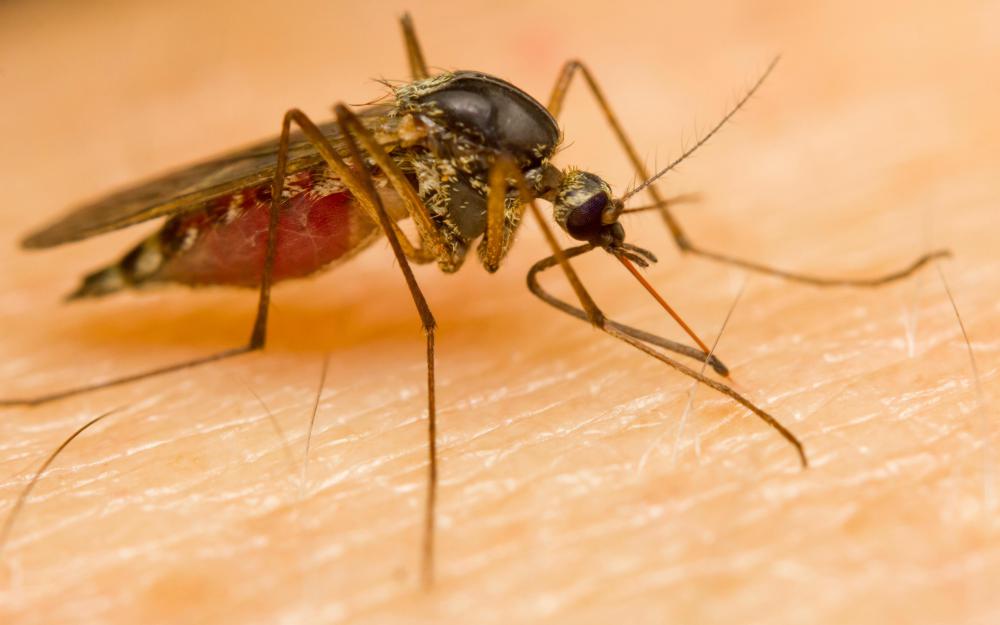At AllThingsNature, we're committed to delivering accurate, trustworthy information. Our expert-authored content is rigorously fact-checked and sourced from credible authorities. Discover how we uphold the highest standards in providing you with reliable knowledge.
What does "Endemic" Mean?
When something is said to be “endemic,” it means that it is characteristic of an area, and naturally present in the region. Biologists often use this term to describe plants and animals, and it may also be used by epidemiologists. By contrast, the closely-related word “epidemic” means that something is new to the area, and not naturally occurring. “Endemic” comes from the Greek en-, a prefix meaning “in,” and demos, which is used to mean “district” in this sense, although it can also mean “people.”
In the sense of biology, people usually use this term to describe a species that is unique to a particular area. For example, a biologist might say “the Red Breasted Snork is endemic to the Fallacious Islands,” meaning that the Red Breasted Snork is found primarily (or only) in the Fallacious Islands. Endemic plants and animals characterize the region they live in, allowing biologists to identify specific regional zones, and they may be ancient or new residents.

Endemic vegetation and animals are often vulnerable to changes in their natural environment. Unlike organisms with what is known as a “cosmopolitan distribution,” meaning that they are found in many areas, endemic organisms have a limited range. This means that expanded human activities, natural disasters, and climate change can all threaten the well-being of a population. Many endangered organisms are considered endemic, making their preservation even more challenging.

In epidemiology, an endemic disease is a disease which is naturally present in a population, rather than a disease which is introduced. For example, malaria is endemic to many parts of Africa and Southeast Asia, with a fairly steady infection rate among the general population. Sometimes, such diseases can play an active role in evolution; for example, many people of African descent suffer from sickle cell anemia, a disease that is closely linked with malarial regions.

Just because something is naturally present doesn't mean that it is not harmful. Poison ivy, for example, is endemic to the Northeastern regions of North America, and most people regard this plant as extremely irritating. These organisms can also threaten their environment if the environment becomes unbalanced; for example, an endemic deer may experience a population explosion if predators are eliminated, leading to overgrazing and hardship for smaller animals. Often, the balance of native populations of plants and animals is very fragile, and a small disruption can make a huge difference.
Frequently Asked Questions
What does the term "endemic" mean in biology?
In biology, "endemic" refers to a species that is native to a particular geographic area and is found nowhere else in the world. For example, the lemurs of Madagascar are endemic to that island, meaning they have evolved to live there and are not naturally found in any other part of the world.
How does an endemic species differ from an invasive species?
An endemic species is one that has evolved in a specific area and is adapted to its local environment. In contrast, an invasive species is not native to the area it inhabits; it has been introduced, often by human activity, and can cause harm to the local ecosystem by outcompeting endemic species for resources.
Can a species be both endemic and endangered?
Yes, a species can be both endemic and endangered. Endemic species are often at greater risk of becoming endangered or extinct due to their limited distribution. If their specific habitat is threatened, they have no other sanctuary, which makes conservation efforts critical for their survival.
What factors contribute to a species becoming endemic to a certain area?
Geographical isolation is a primary factor contributing to a species becoming endemic. This can occur due to natural barriers like mountains, rivers, or oceans. Over time, isolated populations evolve independently, developing unique characteristics that adapt them to their environment, leading to endemism.
How do human activities impact endemic species?
Human activities such as habitat destruction, pollution, and the introduction of non-native species can severely impact endemic species. Since these species have evolved to thrive in specific habitats, any alteration to their environment can lead to a decline in their populations or even extinction.
Why is it important to protect endemic species?
Protecting endemic species is crucial for maintaining biodiversity and the health of ecosystems. Endemic species often play key roles in their environments, such as pollination or seed dispersal. Their loss can lead to cascading effects that disrupt ecological balance. Moreover, they represent unique genetic reservoirs with potential benefits for medicine and agriculture.
AS FEATURED ON:
AS FEATURED ON:













Discussion Comments
Does it mean a disease or condition regularly found among particular people or in a certain area?
Endemic might have first been used to describe species, but I have heard it to describe so many other things that I think it is now a common description in many other fields.
There was an article just the other day and it talked about how the US has become an endemic surveillance society. I think endemic can basically be used to describe anything that is confined to a particular place. It's not something that is common and found everywhere but only in specific places.
Thanks for the information! I had heard endemic used when describing corruption, as in "endemic corruption" but didn't realize that it was used in medicine and biology.
I was reading something and saw "endemic villages." Now I understand that it's talking about a disease that has affected that village for a long time and is now characteristic of it.
Post your comments